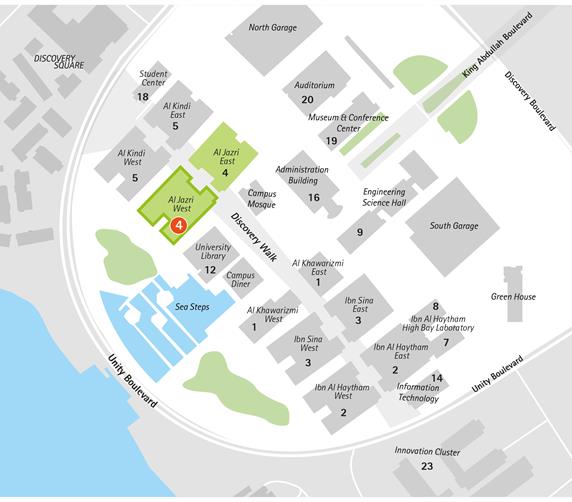May 2024
Rapid research on biologics delivery into the cells for several diagnostic and therapeutic purposes has flourished. Moreover, gene therapy can potentially address a range of genetic disorders, yet the absence of optimal gene delivery vehicles limits its practical use. Over the last ten years, intensive research and developments have highlighted the promising use of hybrid supramolecular vectors, mainly represented by metal-organic frameworks (MOFs) and amorphous coordination polymers (ACPs), for delivering therapeutic biomolecules. Ideally, a sufficient delivery vector must demonstrate (1) good structural features regarding crystallinity and porosity, (2) achievable modifications of internal and external surfaces, (3) reliable chemical and physical stability under physiological conditions, (4) decent nanoparticles, and (5) bio-friendly synthesis route as a convenient alternative to the small micropore size. However, most delivery vectors still do not match the desirable features for biologics carriers, which hinders their clinical translation. Insightful research to design new hybrid supramolecular platforms that fulfil as many of the requirements above is mandatory to understand the structure-biofunction relationship.
The current research aims to design new biologically derived hybrid supramolecular delivery vectors based on adenine and mucic acids. The characteristic features of MOFs and ACPs enlighten the design of these delivery vectors. These delivery vectors, like MOFs, must maintain good structural properties, such as crystallinity and porosity. However, the latter can be compensated with a bio-friendly synthetic route, as in ACPs, to ensure sufficient accommodation of loaded biologics. Also, since the bio-linkers thermodynamically favour the formation of ACPs, biocompatible co-linkers like imidazole or amino acids mimics are essential to achieve high dimensional structure like MOFs with maintained biocompatibility. In addition, wise choice of building blocks and insightful utilization of a secondary interaction provided by the bio-linkers may improve the structural dimensionality of thermodynamically favoured ACP. Following this design roles, three adenine-based supramolecular structures were obtained: KBM-1, KBM-2 and ZAF, with better biocompatibility than the benchmark ZIF-8, distinctive structural properties and remarkable bioactivity as a genetics delivery carrier. A bio-friendly synthetic approach acquired another significantly biocompatible hybrid supramolecular structure based on mucic acid and Mg (MUM). The MUM system showed high uptake efficiency of various therapeutic biomolecules, including the complex CRISPR/Cas9 with high loading and great gene editing activity.
